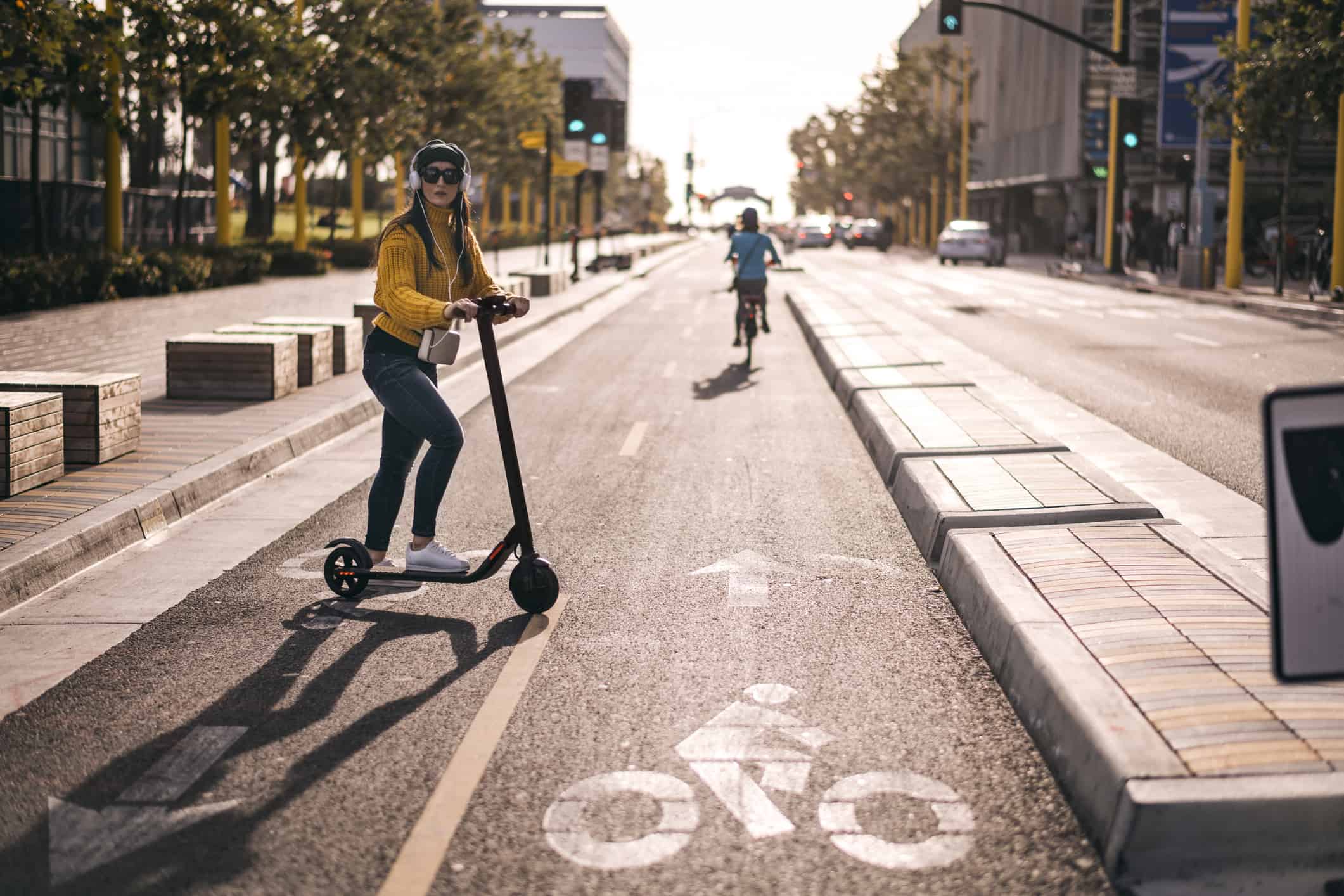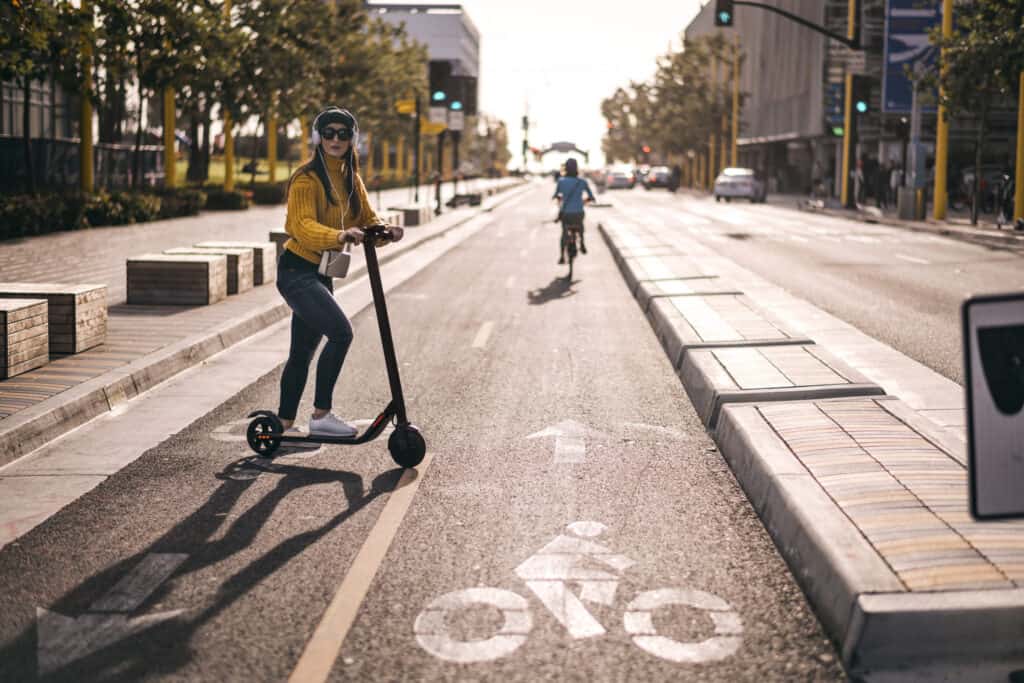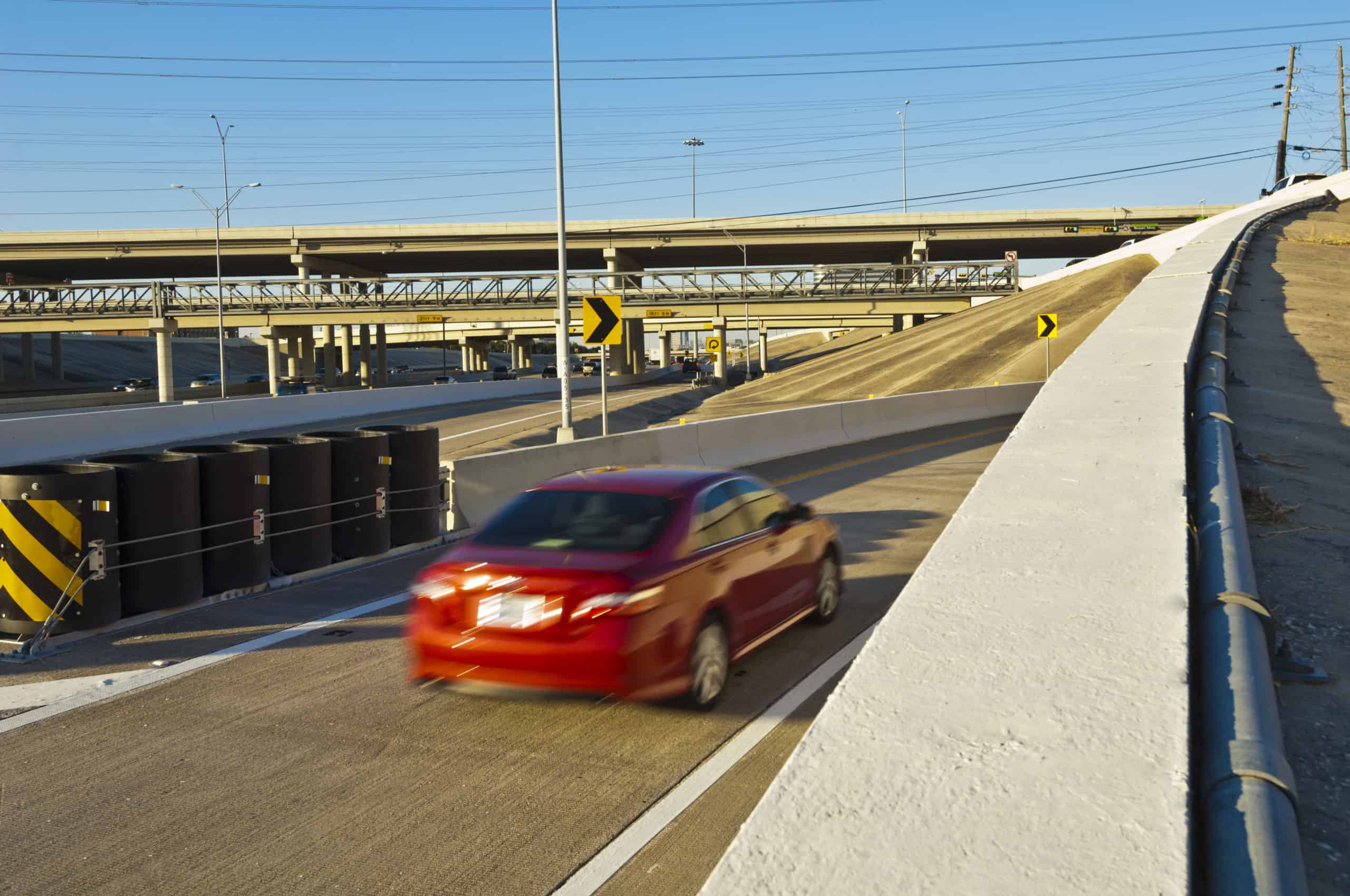
6 Ways COVID-19 Has Changed Engineering

People are looking ahead to a future of normal activities with their friends and loved ones, and the same is true in the engineering world. Large public and private construction projects have been deeply affected by the pandemic but getting back to “normal” might look a little different. Going forward there are shifts in behavior that have led to changes in land entitlements, planning, and engineering. Here are six ways planners and engineers will have to think differently as the world gets back to normal:
1) Renewed Emphasis on Asset Management — While the concept of asset management has been a major part of managing infrastructure for decades, the pandemic has made this task even more important for public entities. With budgets expected to do more with less in the near future as government revenues recover, asset management is one of the tools that can help stretch a budget. The core of the concept is having an accurate inventory of the department’s assets, an assessment of their condition, and a prioritization of which need maintenance and replacement and when.
It’s here that your engineering partner can assist with asset management determinations to give your department the direction it needs. That may be recommendations on which projects are done now that will save money in the years ahead, and those that can be delayed since the asset would be ready for replacement in a few short years.
2) The Return of Infrastructure Funding — State, provincial, and local government budgets are expected to be stressed in the aftermath of the pandemic as last year’s shutdown kept commuters at home, reducing revenue from gas taxes and public transportation fares. However, it appears that infrastructure funding from the federal government will be a major priority in coming years and the revival of congressional earmarks promises more enthusiasm from legislators for projects in their districts.
Additionally, funding for broadband infrastructure will see increased emphasis as the pandemic laid bare the disparity that exists and the need for the ability to connect remotely. This appears a growing trend at the local, state, and federal levels.
For public works executives with backed-up projects and a need for funding, this is good news. But this is where the job can be difficult. A crucial element to finding funds is having a partner experienced in grant writing and positioning projects for a wide variety of funding sources. One of the essential criteria when looking at an engineering firm is how successful they are at breaking down a large project into smaller pieces that fit various grant programs.
3) Creative Partnerships — The construction slowdown during 2020 gave many public works executives time to think about money and time-saving arrangements when work picked up again. Public-private partnerships have always been a popular go-to choice to leverage funds for projects and Design-Build is an established alternative delivery method to advance projects quickly, encourage innovation, and control costs. Another project delivery method aimed at innovation, speed, and cost control is the Construction Manager/General Contractor model. Here the agency hires both a project designer and a general contractor that serves as a construction manager during the design phase.
These two entities collaborate throughout the design process. The result is that they can creatively solve issues about the design or materials early which helps speed up the design and produces a more accurate cost estimate. When the price for the project is set, the agency has the option of hiring the construction manager to do the work, or they can send it out for bids. Having a designer who knows the construction business is a positive in these partnerships.
Within the private sector and the homebuilding industry specifically, there has been growing investment from private investors funding projects. Strategic partnerships are being formed between landowners, private investors, and the developer/builder that relies less on local banks or other financial institutions.
4) The Old Road Just Won’t Be the Same — COVID-19 required that people stay near their homes for an extended period of time, which increased the desire to utilize public spaces such as streets, sidewalks, and parks. With a reduced ability to travel, even minimally, people found themselves on walks, riding bikes, utilizing parks and open space, and driving less. A question yet to be answered is will that trend continues after the pandemic?

Roadway plans going forward will likely account for not only car and truck traffic, but bicycles, scooters, and pedestrians. New Secretary of Transportation Pete Buttigieg is a proponent of the “Complete Streets” policy, which advocates for more attractive, walkable transportation corridors, and we’ll likely see more grants promoting this type of construction along with addressing equity for all transportation users.
People have shown they like the ability to walk/bike/ride through their neighborhood, which means municipal governments must seek ways to make it happen. Communities with roadway projects should be aware of grants that could take advantage of these changes. Consider the use of context-sensitive design, in which the roadways plans are flexible and sensitive to a community’s values and varying needs of the local demographics. Also important within the context of roadways are parks, open space, and landscape. As people enjoyed the amenities offered by their local parks, exploring connections that may exist between the usage of these facilities and a community’s roadway network could set it apart. Selecting a design partner with experience in these areas can deliver better results for your reimagined projects.
5) New Building in New Ways — The retail industry boomed in 2020 as e-commerce spread around the world. More people made an online purchase than ever before, while brick-and-mortar stores shut down and malls became ghost towns. E-commerce accelerated the growth of distribution and data centers, with developers of these projects barely keeping up with the demand for space. These changes are certainly speeding up the timetable for road and highway improvements to handle greater truck traffic between these locations and consumers’ homes, furthermore, these changes have significantly impacted the development of distribution and commercial centers. A reimagining of the design of these facilities is required and, in some cases, a revamping is needed as many of the changes due to COVID-19, especially those that provided an increased level of convenience for consumers, are likely to continue.
In residential homebuilding, developers are seeing consumers take another look at more affordable housing in far-flung suburbs. The pandemic caused people to realize that if they could productively work at home at least part-time, the long commute to the office didn’t matter as much. And buyers are wanting adaptable layouts in homes, with rooms that can easily change into an office, school space, gym, or bedroom, as well as private outdoor spaces to bring the outside “in.” To respond to this, some developers have shifted their focus away from developing in our inner cities and are focused on the suburbs where there is more space and in some cases better schools. Therefore, developers are engaging in large “land grabs” on the outskirts of major cities, however, there is a lack of infrastructure within these areas. This increases, again, the need for understanding funding mechanisms and true master planning for these facilities that results in the best design.
6) Engineering for Extremes — Besides the disruption caused by the pandemic, engineers have also been aware of the impact of climate change on their work. The rise of COVID-19 didn’t exacerbate climate change (in fact, pollution levels dropped during the shutdown) but it did show the impact of human activity on the environment.
We place “static” infrastructure into a very dynamic environment. Going forward there will be a continued push to design for extremes in the context of sustainable infrastructure. We must be keenly aware that a 500-year flood or a once-in-a-century hurricane could happen twice within a decade. Roadways, buildings, and homes will have to be designed for this reality, such that facilities can withstand extreme events and can recover quickly. We do not have the resources, nor would it be prudent, to design everything for the extremes. However, we must prioritize facilities that need strengthening for critical public safety and economic activity needs and armor other facilities so they are resilient. Asset management can help with this prioritization.
It is critical to be flexible and adaptable to the changes that COVID-19 has exacerbated and to understand the greater context of the challenges we face. Look for an engineering partner who understands how to find the right solutions to your specific needs. Please contact us today.
Subscribe to HR Green Insights
We're dedicated to providing up-to-date knowledge and insights about the topics that matter most to you. We know how busy you are, so we will keep this simple, covering just one topic per email. Once you've subscribed, you can easily customize your preferences to receive only the updates relevant to you.





